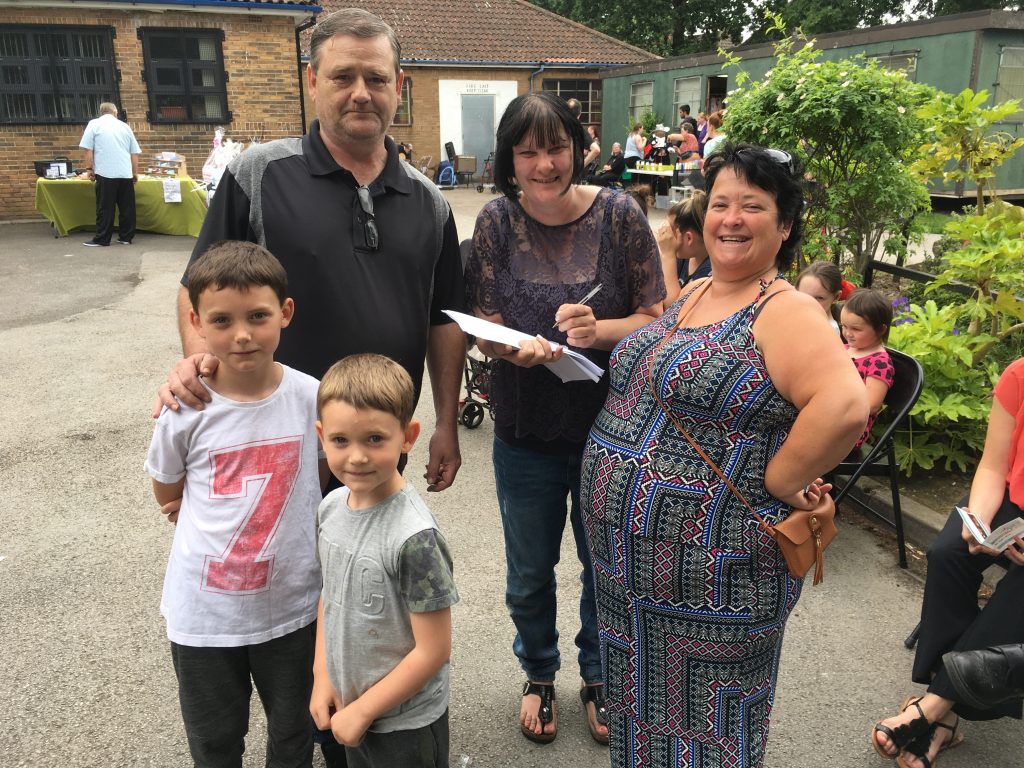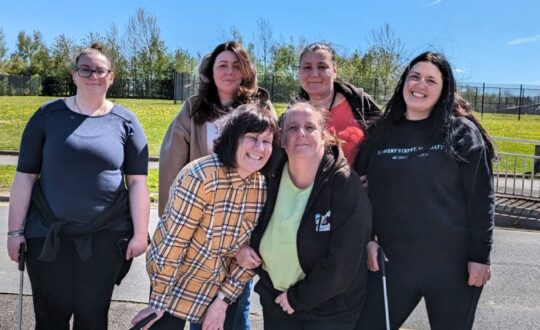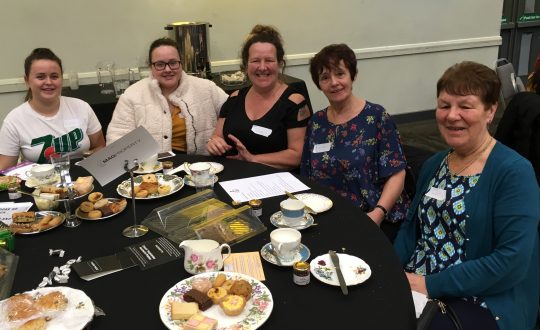Community Savers is a network of place-based and women-led community groups and networks which bring communities together to share ideas, experiences and strategies for reducing poverty and inequality in their local area and across their neighbourhoods, towns and cities. We have been learning from the approaches of a women-led movement called Shack/Slum Dwellers International since 2016.
Each affiliated association is its own independent organisation. Committee members form the network leadership. We work in alliance with Community-Led Action and Savings Support (CLASS), but affiliates work together to plan and make decisions independently of our supporters and partners.
Please take a look at our Theory of Change diagram to better understand why we organise in this way and the changes we believe we can achieve together.
Please download the following documents if you would like to know more about affiliation:
Everything you need to know about affiliating with Community Savers
Community Savers Memorandum of Understanding
Our approach
Savings
Savings is about trust and creates a glue that keeps people coming together. When a savings scheme begins, it is usually among an informally-connected group of women who already know each other and want to try it out, or an existing group interested in new ideas.
They begin holding weekly savings meetings. By saving small amounts together at the same time they build trust and financial resilience but also mutual aid and confidence. When women meet they share problems which promotes health and wellbeing. If anyone is missing, the group gets in touch to make sure they are okay. Over time, members recognise that many women have the same problems and some of these are linked to gaps in services or community assets. Members also share ideas for positive action and making money work for them collectively. Examples from existing groups include markets, food cooperatives, co-financing community space renovations, trips away for families or children, and fundraising or consultation events.
Women-led
Savings is open to anyone of any gender identity but the approach often appeals the most to women who are often the ones managing household finances and also most often the ones involved in community activity.
These ideas first began circulating in Greater Manchester after a series of exchanges between women’s groups and South African and Kenyan activists associated with the international social movement Shack/Slum Dwellers International whose membership is 85% women. Savings-based organising is about ensuring that low income women who are often the most active at a community level but have limited influence over local decision-making, are able to come together to advance their own interests and those of their households and wider community. In some savings movements, members also believe that women are more reliable when handling money!
Learning exchanges and collective voice
Savings groups work together to think about what is available and what is missing in their area with regard for a diversity of women and families. They look for what is already there and seek to work with and build on those strengths, and to network initiatives together for a stronger local and united voice.
Savings groups also build up an awareness about common experiences and challenges between people living in low-income areas through learning exchanges with groups in their own and other similar neighbourhoods. New savings groups also emerge after learning exchanges with existing savings groups. Savings-based organising is strongly rooted in communities teaching and learning from each other on the basis of their own experiences.
Savings groups continue to network with each other, eventually neighbourhood-wide and city-wide networks of groups emerge and groups begin to form alliances with key agencies and professionals who can work with them to advance their interests. Capacity emerges for resident-led (and particularly women-led) neighbourhood planning and developments which have local ownership, and work well for low-income women and families. These developments contribute to poverty reduction.















